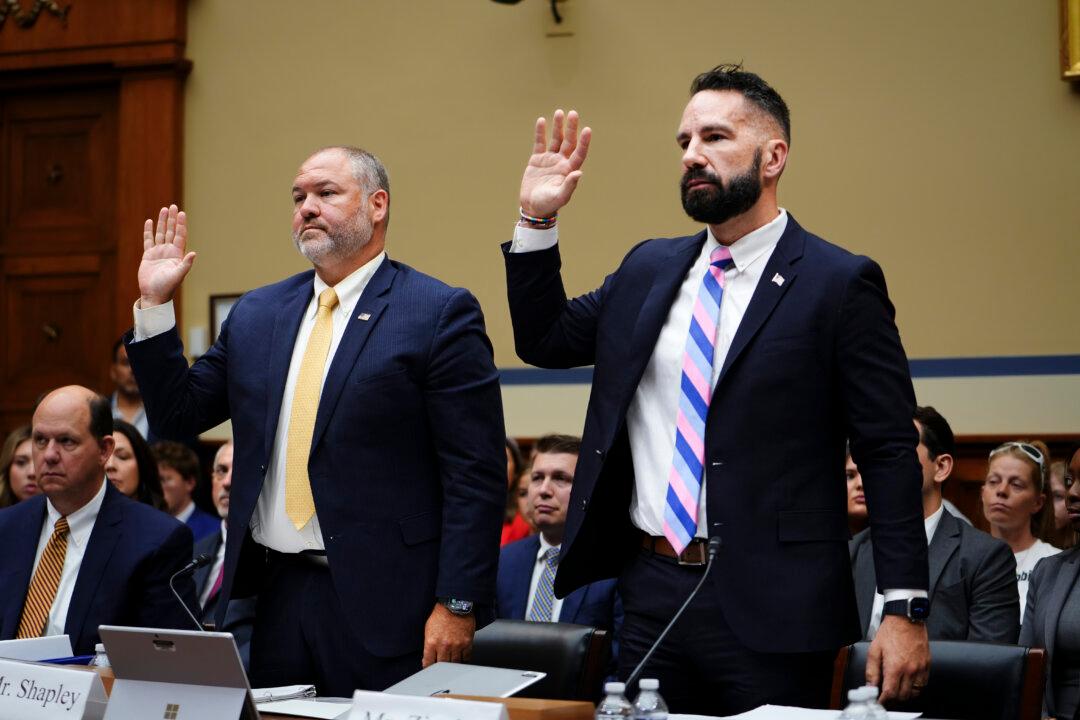Dozens of Department of Labor (DOL) employees showed up outside their offices in the John F. Kennedy Federal Building in Boston, Massachusetts, on March 19, but it wasn’t to perform their official duties; it was to protest and demand more telework time.
Their demonstration caught the eye of Sen. Joni Ernst (R-Iowa) and Rep. Scott Franklin (R-Fla.), who are now asking some questions that may make the protesters a little uncomfortable.





